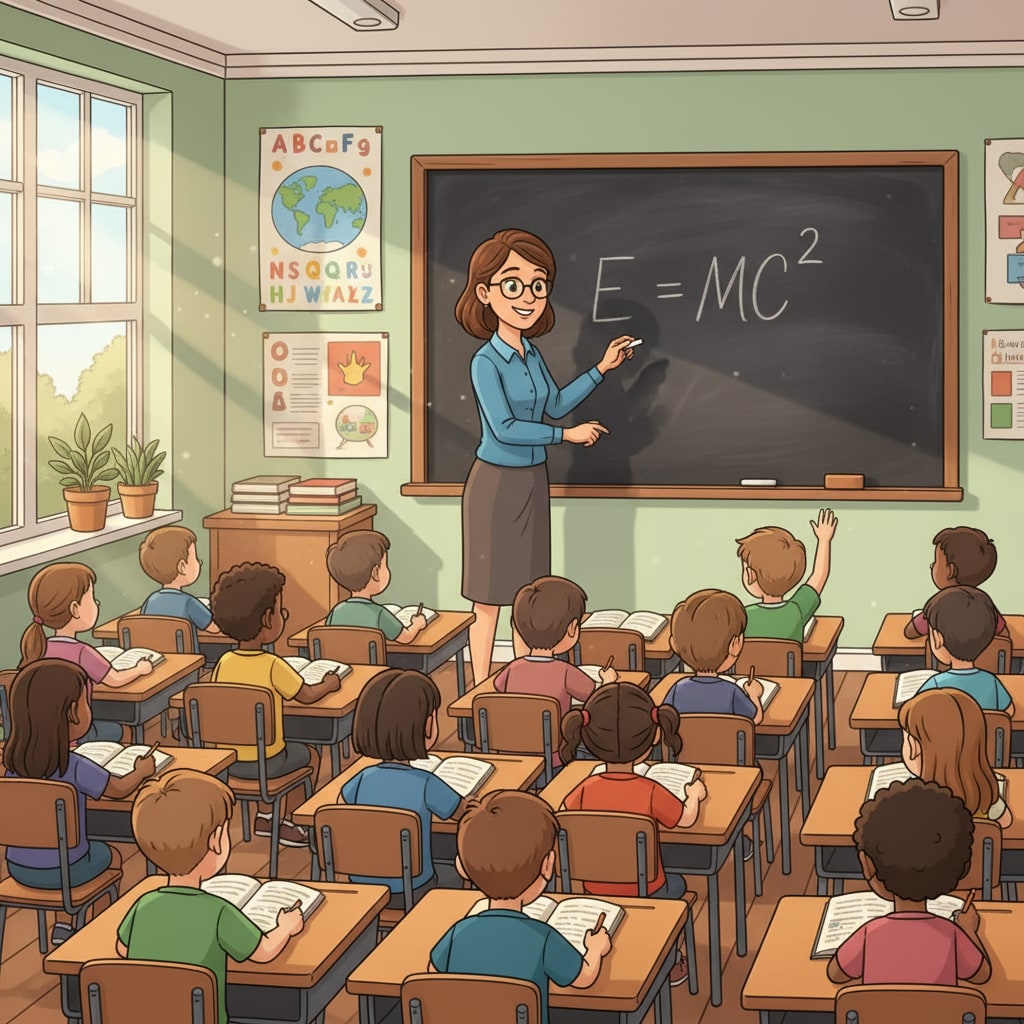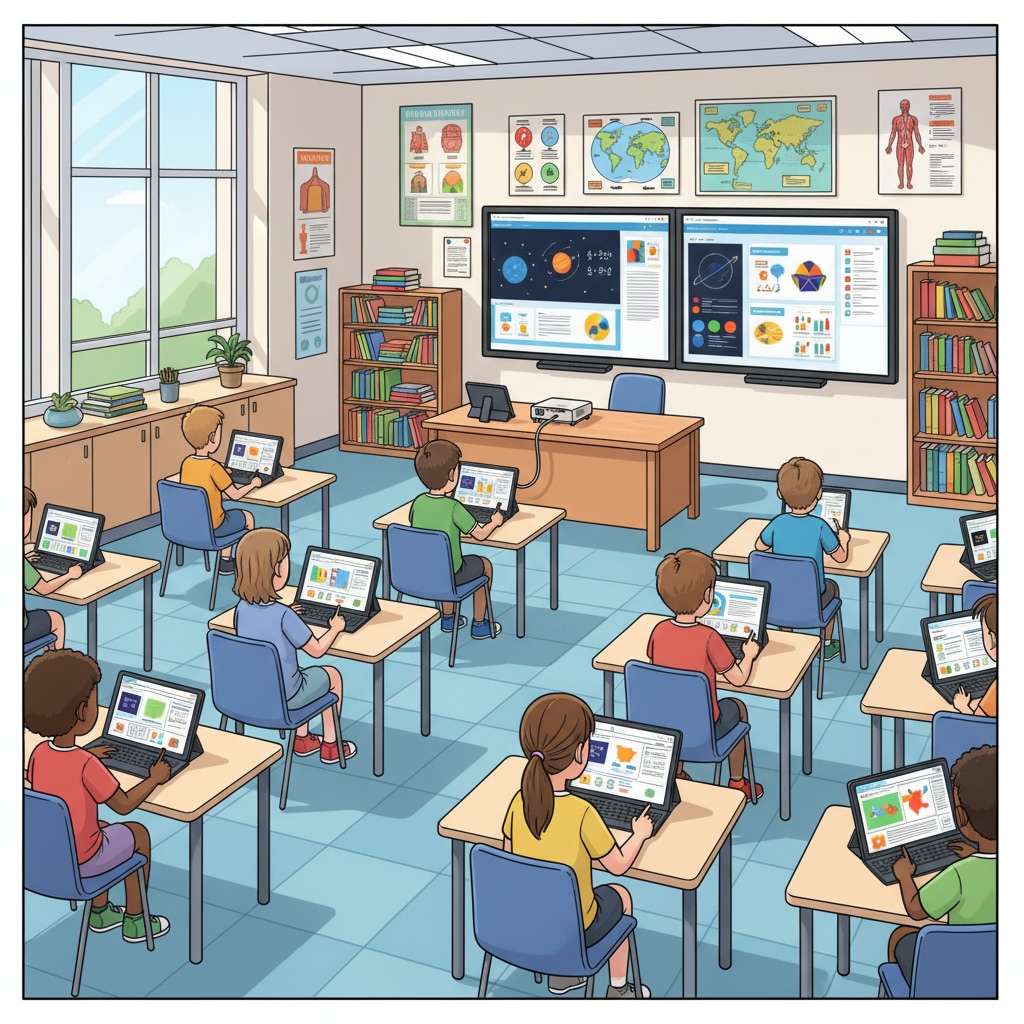In the ever-evolving landscape of education, the integration of teaching methods, technology, and traditional tools has become a topic of great significance. As educational technology advances at a rapid pace, teachers often find themselves at a crossroads, trying to decide the best approach to engage students effectively. This article delves into the art of achieving a harmonious balance between traditional and modern teaching tools in K12 education.
The Allure of Traditional Teaching Tools
Traditional teaching tools such as blackboards and chalk have been staples in classrooms for centuries. They offer a tangible and familiar medium for teachers to convey information. For example, writing on a blackboard allows for a more interactive experience as teachers can engage with students directly, asking questions and receiving immediate responses. Moreover, the simplicity of these tools means there are no technical glitches to worry about, ensuring a smooth teaching process.

These traditional tools also help in creating a focused learning environment where students can concentrate on the lesson without distractions from digital devices.
The Power of Modern Technology in Education
On the other hand, modern technology has revolutionized the educational landscape. Tools like interactive whiteboards, tablets, and educational software provide a wealth of resources. Interactive whiteboards, for instance, can display multimedia content, making lessons more engaging and dynamic. Educational apps and software offer personalized learning experiences, catering to the diverse needs of students. According to Educational Technology on Britannica, technology can enhance student motivation and improve learning outcomes by providing real-time feedback and interactive simulations.

However, the over-reliance on technology can also have its drawbacks, such as students getting distracted by the numerous features of digital devices.
To achieve the best of both worlds, it is essential to find a balance. Teachers can start by using traditional tools to introduce basic concepts and then incorporate technology to deepen understanding. For example, a teacher could use a blackboard to explain a mathematical formula and then use an educational app to provide additional practice problems and interactive examples. This way, students can benefit from the simplicity of traditional teaching while also leveraging the advantages of modern technology.
In conclusion, the key to effective teaching in K12 education lies in the artful balance of teaching methods, technology, and traditional tools. By combining the strengths of both, educators can create a rich and engaging learning environment that caters to the diverse needs of students, fostering their overall development. Educational Technology on Wikipedia offers further insights into the various ways technology can be integrated with traditional teaching practices.
Readability guidance: The article uses short paragraphs to present ideas clearly. Each H2 section provides a distinct perspective. Lists could be used in future to break down key points further. The passive语态 is kept to a minimum, and transition words like ‘however’ and ‘for example’ are used to enhance flow.


